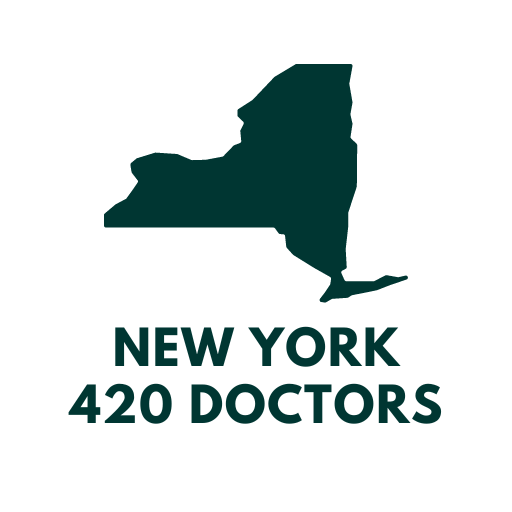Living with Lupus can be a daily struggle.
The chronic pain and fatigue associated with this autoimmune disease can be debilitating.
For many, traditional treatment options may not provide sufficient relief.
In New York State, medical marijuana has emerged as a potential alternative.
This guide will walk you through the process of obtaining a NY Medical Marijuana Card for Lupus.
We’ll explore how medical marijuana can potentially provide lupus pain relief and discuss other lupus treatment options.
Understanding Lupus and Medical Marijuana
Before we delve into the process of obtaining a medical marijuana card, it’s important to understand Lupus and how medical marijuana can help.
Lupus is a chronic autoimmune disease that can affect various parts of the body.
Medical marijuana, on the other hand, is a plant-based medicine from the Cannabis sativa or Cannabis indica species with three major active compounds: THC, CBD, and CBN.
What is Lupus?
Lupus is a disease where the body’s immune system attacks its own tissues and organs.
This can result in inflammation and damage to various body parts including the joints, skin, kidneys, heart, lungs, blood cells, and brain.
Symptoms vary but can include fatigue, joint pain, rash, and fever.
How Can Medical Marijuana Help with Lupus?
Medical marijuana has been found to potentially provide lupus pain relief.
The cannabinoids in marijuana can interact with the endocannabinoid system in our bodies.
This interaction can help reduce inflammation, a key factor in lupus pain.
Moreover, medical marijuana may help reduce the need for other pain medications.
It’s important to consult with a healthcare provider about using medical marijuana for lupus.
Legal Status of Medical Marijuana in New York
In New York State, medical marijuana is legal for patients with specific qualifying conditions.
The New York State Medical Marijuana Program oversees the state’s medical marijuana policies.
It’s important to understand these policies and abide by them to legally use medical marijuana.
Qualifying Conditions for a Medical Marijuana Card
To qualify for a medical marijuana card in New York, a patient must have a specific severe, debilitating, or life-threatening condition.
Lupus is one of the qualifying conditions for medical marijuana in NY.
Other conditions include cancer, HIV/AIDS, ALS, Parkinson’s disease, multiple sclerosis, spinal cord injury with spasticity, epilepsy, inflammatory bowel disease, neuropathy, Huntington’s disease, post-traumatic stress disorder, chronic pain, and more.
The Application Process for a NY Medical Marijuana Card
Obtaining a NY medical marijuana card involves a specific process.
First, you must be diagnosed with a qualifying condition, such as lupus.
Next, you need to be certified by a healthcare provider registered with the New York State Medical Marijuana Program.
Once certified, you can apply for the card through the New York State Department of Health’s online Patient Registration System.
Step-by-Step Guide to Applying
Here’s a step-by-step guide to applying for a NY medical marijuana card:
- Confirm your diagnosis with a registered healthcare provider.
- Obtain certification from the healthcare provider.
- Register online with the New York State Department of Health.
- Pay the application fee.
- Wait for approval and receive your card in the mail.
Required Documentation
When applying, you’ll need to provide certain documents.
These include proof of identity and residency in New York State.
You’ll also need the certification from your healthcare provider.
Role of Healthcare Providers
Healthcare providers play a crucial role in the application process.
They must be registered with the New York State Medical Marijuana Program to certify patients.
They also provide guidance on using medical marijuana for lupus pain relief.
After Obtaining Your Medical Marijuana Card
Once you have your NY medical marijuana card, you can start using it.
You can purchase medical marijuana from state-licensed dispensaries.
Remember to follow the prescribed dosage and treatment plan from your healthcare provider.
Using Your Card at Dispensaries
In New York, there are designated dispensaries where you can buy medical marijuana.
You must present your NY medical marijuana card and a valid ID at these dispensaries.
They offer various forms of medical marijuana, such as oils, capsules, and vaporizers.
Renewing Your Medical Marijuana Card
Your NY medical marijuana card is valid for one year.
You’ll need to renew it annually through the New York State Department of Health’s online system.
Conclusion and Additional Resources
Getting a NY medical marijuana card for lupus can be a viable option for pain relief.
For more information, consult your healthcare provider or visit the New York State Department of Health’s website.

